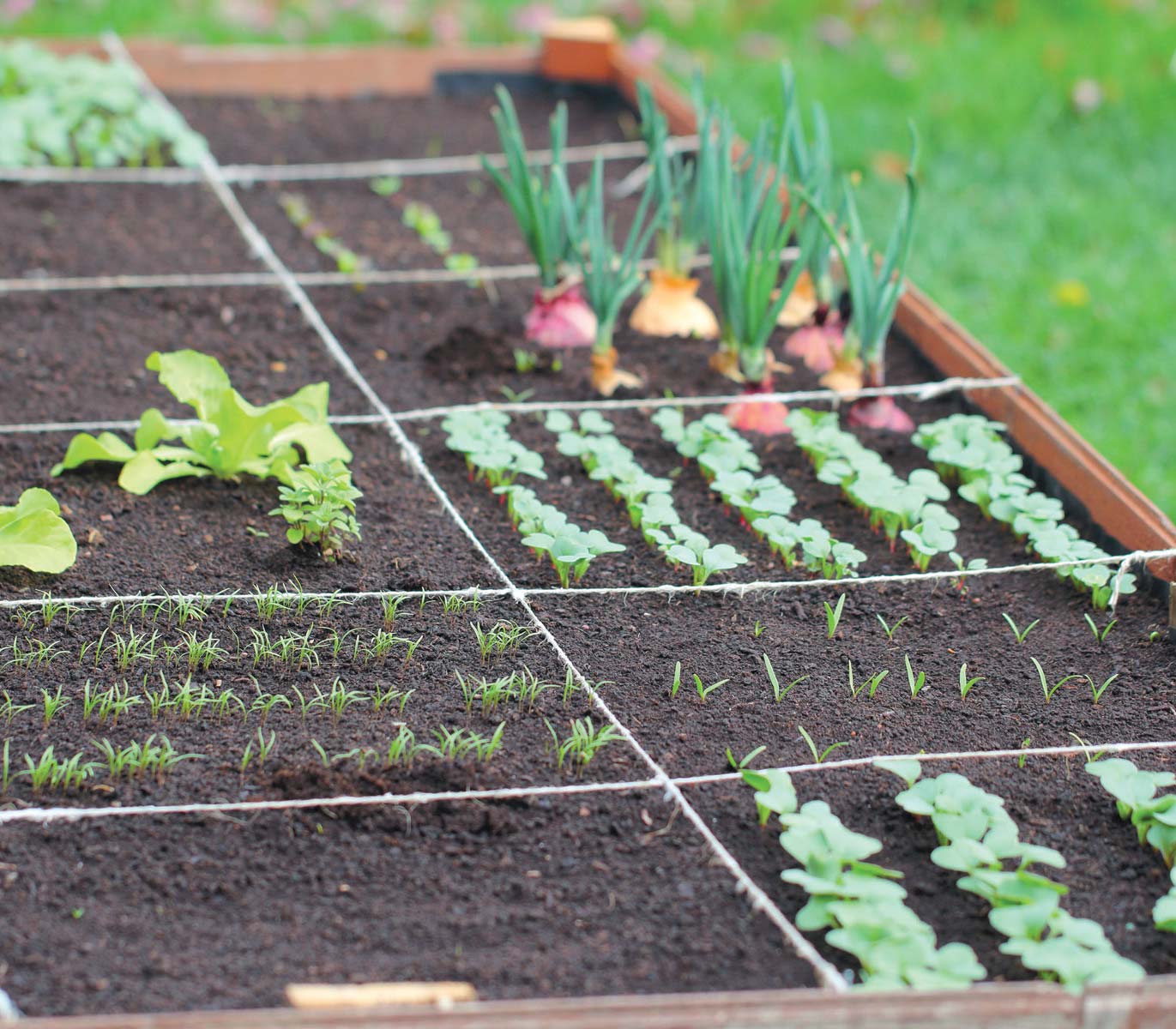Planting a Potager Garden
The flavor of a fresh carrot. The fragrance of flowers and herbs. The crunch of a cucumber and the snap of peas just plucked from the vine. When you grow food in your backyard, your senses rejoice in so many ways at the astonishing beauty and magnificence of the natural world of plants and pollinators, sunshine and fresh air.
The experience is both more sensually delightful and physically healthier than eating food transported from afar that has taken days or weeks to reach your plate. More nutrition and fresher taste go hand in hand. Hands in the dirt, planting seeds of hope can change your life. And so, this spring, we invite you to plant a potager garden to welcome the rich and vibrant connections to nature, the earth, and to yourself.
The potager garden is also known as a kitchen garden. According to the New York Botanical Garden, “The French word for kitchen garden, potager, means soup. These gardens were typically designed to include any seasonal ingredient that could be thrown into a pot of soup. Kitchen gardens, by their nature, rely on continual harvests throughout the seasons. Succession plantings (several sowings) are the norm and cold-season and late-season crops are commonplace. This makes for a highly productive garden in a small space.”
By growing the ingredients to make your favorite soups, salads, and vegetable dishes, your meals arrive in your kitchen from the garden, not from an app on your phone or from a DoorDash driver. They come from the earth, summoned forth by your attention and time in the garden.
To bring the potager (French pronounced “pow tuh JAY”) garden to life this spring, start with simple steps and learn as you go during the coming seasons.
- Select a site where you are sure you’ll have access to water and plenty of sun. The soil needs to drain well and you’ll need a perimeter fence to keep out critters that will want to eat the food as much as you will.
- Start small. If you are new to growing food, try beginning with two or three raised beds separated by wood chip paths, to smother grass and weeds. A raised bed can be as simple as a mound of soil with compost added, or a framed box made from wood, stone or metal and filled with soil and compost. The garden can become a mosaic of integrated flowers and food, both beautiful and functional, connecting your family to patterns in nature and the seasonal aspect of food.
- Choose a variety of vegetables, herbs, and flowers—some annual and some perennial. The traditional French ornamental kitchen garden can be attractive and easy to plant and maintain. The key is choosing plants that are easy to maintain, hardy in varying weather conditions, and resistant to pests. Five cold-tolerant vegetables to start with are kale, collards, spinach, turnips, and sugar snap peas. Five cool-weather vegetables are lettuce, arugula, beet, radish, and carrot. Five vegetables that need more sun to fruit and ripen are tomato, cucumber, green beans, zucchini, and squash. Plant unique varieties that you can’t find in stores or at local farmers’ markets, to enhance the nutritional benefits and flavors you will experience.
- Consider the elements of color and scent. Interplant the raised beds with pungent herbs and flowers that are pleasing to the eyes as well as the nose and mouth. The most common herbs in a kitchen garden are dill, basil, cilantro, parsley, sage, and lavender. When you integrate flowers as companion plants for the vegetables, you include a practical organic pest-management technique. Recommended annual flowers are nasturtiums, zinnias, cosmos, calendula, marigolds, German chamomile, and daisies. The Roman chamomile is a perennial flower that comes back every year and grows 12 inches tall; the German chamomile can grow to two feet tall and self-seeds, sprouting anew every year. Remember that the potager is centered on vegetables (with flowers adding color and fragrance) with inspiration coming from working with nature rather than against it, mimicking nature’s patterns (spirals and curves) not necessarily a desire to impose order with straight rows of plants.
MIXING BLOOM TIMES, AND INCLUDING LAVENDER FOR FOUR-SEASON INTEREST, THE GARDEN TRANSFORMS IN EVERY SEASON TO A NEW PAINTING THAT NATURE CREATES.

PHOTO: TOMASZ / ADOBESTOCK
As spring progresses to summer, the garden evolves into a space of mature plants with varying height, texture, and color. The butterflies and hummingbirds also arrive, along with honeybees. Mixing bloom times, and including lavender for four-season interest, the garden transforms in every season to a new painting that nature creates. You can also plant bulbs for daffodils, tulips, and hyacinth to add color and unmistakable fragrances in the spring.
As experienced in the paintings of many of the famous French artists (Monet, Matisse, Renoir, Manet), the sunshine and warmth of the colors in French gardens can take your breath away. And this can happen in your yard as well, as you add colorful borders to your potager kitchen garden of yellows, oranges, and reds, complemented by blues, purples, and whites.
In addition to the delicious flavors and nutritional value of home-grown food, you can find empowerment and contentment in the garden. All this is made possible by taking the time to choose the seeds, plant them in the ground, and care for them to maturity. The rewards are priceless. Bring beauty and abundance to your yard and good food to your plate. Start by seed and plant joy and hope this spring.
Recommended Organic and Heirloom Seed Sources for Vegetables, Herbs, and Flowers:
High Mowing Organic Seeds
highmowingseeds.com
Seed Savers Exchange
seedsavers.org
Baker Creek Seeds
rareseeds.com
Turtle Tree Seed
turtletreeseed.org
Note: Strive to save your own seeds. Store them over the winter in cool, dry conditions so that you can plant them next year.
Regional botanical gardens offer information and resources to learn more about potager gardens.
Brooklyn Botanic Gardens
bbg.org/article/potager
New York Botanical Garden
ibguides.nybg.org/frenchkitchen






